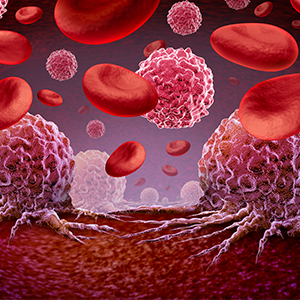-
Mayo Clinic Minute: Watch for these heart arrhythmia red flags
A heart arrhythmia is an irregular heartbeat. It occurs when the electrical signals that tell the heart when to beat and pump blood aren't functioning properly. Some heart arrhythmias can be harmless and just bothersome, while others can be life-threatening.
In this Mayo Clinic Minute, learn more about the red flags to watch out for.
Journalists: Broadcast-quality video (1:10) is in the downloads at the end of this post. Please courtesy: "Mayo Clinic News Network." Read the script.
Some symptoms that you might expect for heart arrhythmia are often red flags for seeking treatment or screening.
"If a symptom is serious — so a sudden collapse or loss of consciousness — that's immediate attendance to an emergency department. Likewise, if one's having palpitations — so the heart racing away unexpectedly — and associated dizziness, lightheadedness, another reason to go to the emergency department straightaway," says Dr. Elijah Behr, a cardiology consultant at Mayo Clinic Healthcare in London.
Chest pain also can be an obvious sign and may require emergency care. Some heart palpitation symptoms may be less frequent and severe, but still should be assessed by a health care clinician.
"The other thing that's a red flag, in particular in young patients, is if there's a family history of concern," says Dr. Behr. "Accepting that that person may not have any history of heart problems themselves already, if they know that there is a family history of somebody at a young age having had a premature or sudden death, or if there's a family history of inherited heart problems, then that may flag up that there is a potential risk if somebody is having symptoms or may actually just need screening from the point of view of preventing risk before they develop symptoms."
For the safety of its patients, staff and visitors, Mayo Clinic has strict masking policies in place. Anyone shown without a mask was recorded prior to COVID-19 or recorded in an area not designated for patient care, where social distancing and other safety protocols were followed.
Related Articles







